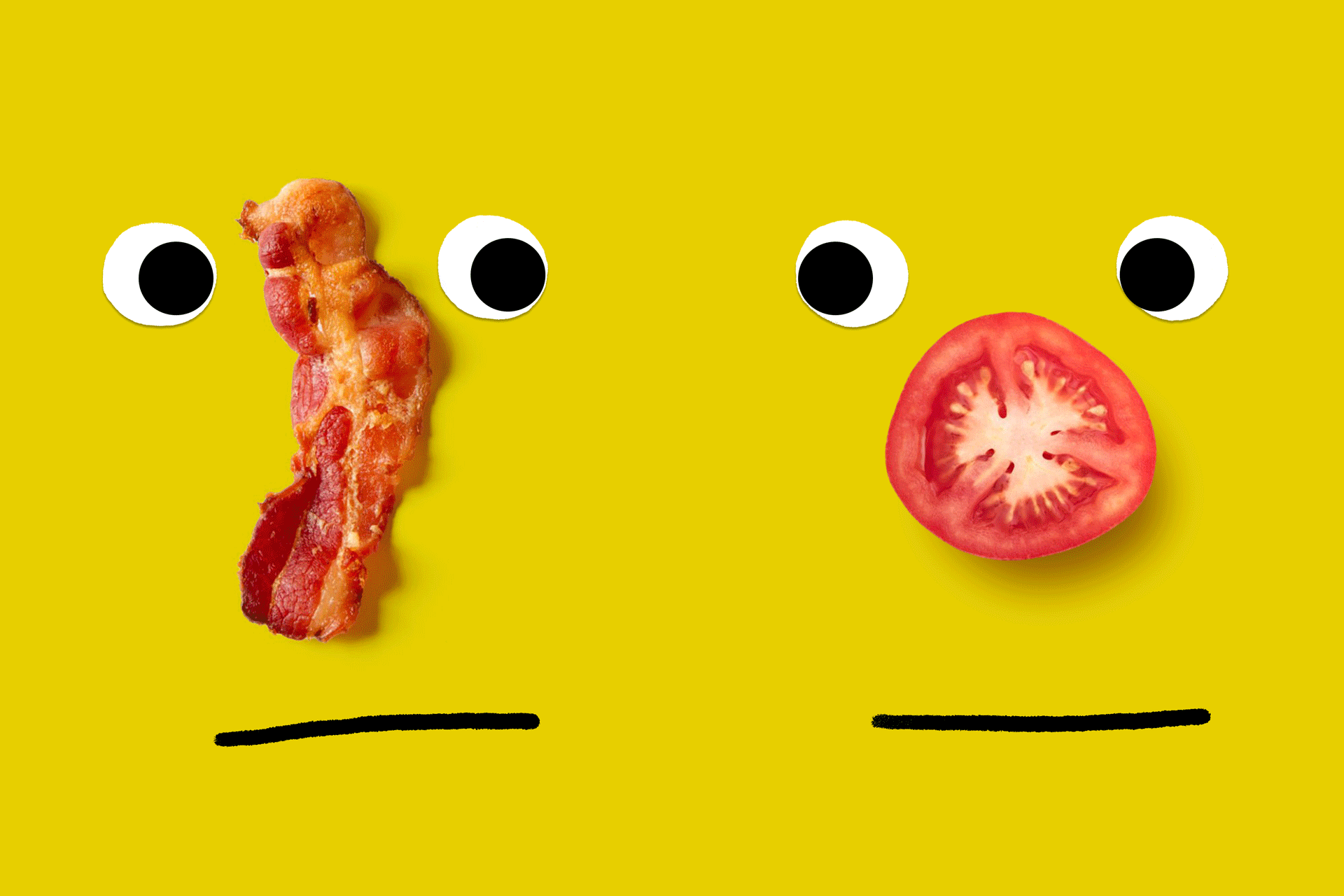Food Specialists Study the Science of Good Taste
- Share via
ITHACA, N.Y. — In this health-conscious age, most people want to know the ingredients in the food they’re eating. John Sherbon and Harry Lawless want to know what’s in the ingredients.
But Sherbon and Lawless, Cornell University food scientists, are not driven by health; they want to determine what makes food taste the way it does.
It is an area that is increasingly crucial in the food industry.
“I’m not sure it’s possible to get anyone to try green eggs and ham, but our job involves trying to learn what it is about green eggs that puts people off, and maybe find a way to make them more appealing,” said Sherbon.
Away from the public eye--and mind--food scientists work on ways to improve what Americans eat. That not only means making it taste better, but improving quality, processing, storage, stability, nutrients and safety.
“When consumers buy a food product and eat it, they decide whether they like it based on the product as a whole,” Lawless said at Cornell’s new, $6-million Food Processing and Development Laboratory.
“They do not necessarily look at the individual qualities of the food such as color, taste, aroma and texture under a microscope. However, scientists look at the individual pieces of the food puzzle, trying to figure out what makes consumers like one product and dislike another.”
In the world of big business, that is a mighty tool, said John W. Finley of Nabisco Brands in East Hanover, N.J. “It’s important because no matter how much you spend on advertising and marketing, people eat foods because of their flavor. If it’s not tasty, it’s not desirable. It’s that simple.”
Another basic role for taste scientists is to ensure that a food tastes the same no matter where it is made or where its ingredients come from, he said. “When you’re dealing with agricultural commodities grown in half a dozen states, the flavor can be extremely variable.
“You want an Oreo cookie to taste the same in Syracuse as it does in Miami. Consumers have certain expectations when they pick up a product. They’re incredibly sensitive to change. And if they don’t like it, they probably won’t buy it again.”
Early flavor analysis--the science goes back to Louis Pasteur, according to Sherbon--was limited to tasting and smelling by human observers. They would sample food as scientists watched and recorded their observations and comments. “Sensory evaluation has come a long way since the days of the tongue and palate approach,” said Lawless, who has a background in psychology. “Not everything is as easy as the Pepsi Challenge would have you believe.”
Sensory panels continue to play a major role, said John Vercellotti, a research chemist with the U.S. Department of Agriculture’s Research Service regional center in New Orleans. The center, one of five in the nation, has had panelists evaluate such foods as beef, catfish and peanuts.
“No matter how advanced the science gets, these machines are only replicating what the nose and mouth do,” said Vercellotti. “There will always be a place for them because people are the ultimate consumers and the ultimate decision-makers as to what tastes good.”
The panels can be fairly objective because assessments are made as a group, usually from parameters established with the help of computers, he said. “It’s kind of like an a cappella choir that sings with absolute pitch. You don’t have all the same voice. You have many voices and they may be very different, but collectively you come out with one harmonious sound.”
Chemicals Pinpointed
What modern science has been able to do is take assessment a step further by pinpointing the chemical or chemicals that give a food a distinctive taste. One of the more recent developments in this area is “charm” analysis, which uses high-resolution gas chromatography to isolate flavor-active chemicals. It involves a person sitting in front of a chromatograph, sniffing emissions and having their responses recorded by a computer.
The name derives from the definition of charm, which is a property that attracts people, said Terry Acree, a chemist at Cornell’s laboratory in Geneva. Through charm analysis scientists can tell precisely what makes a Concord grape taste different from other varieties or a Cortland apple different from a Rome.
“We work in anonymity,” said Sherbon, “but the consumer would be the first to know if we weren’t doing our job.”






